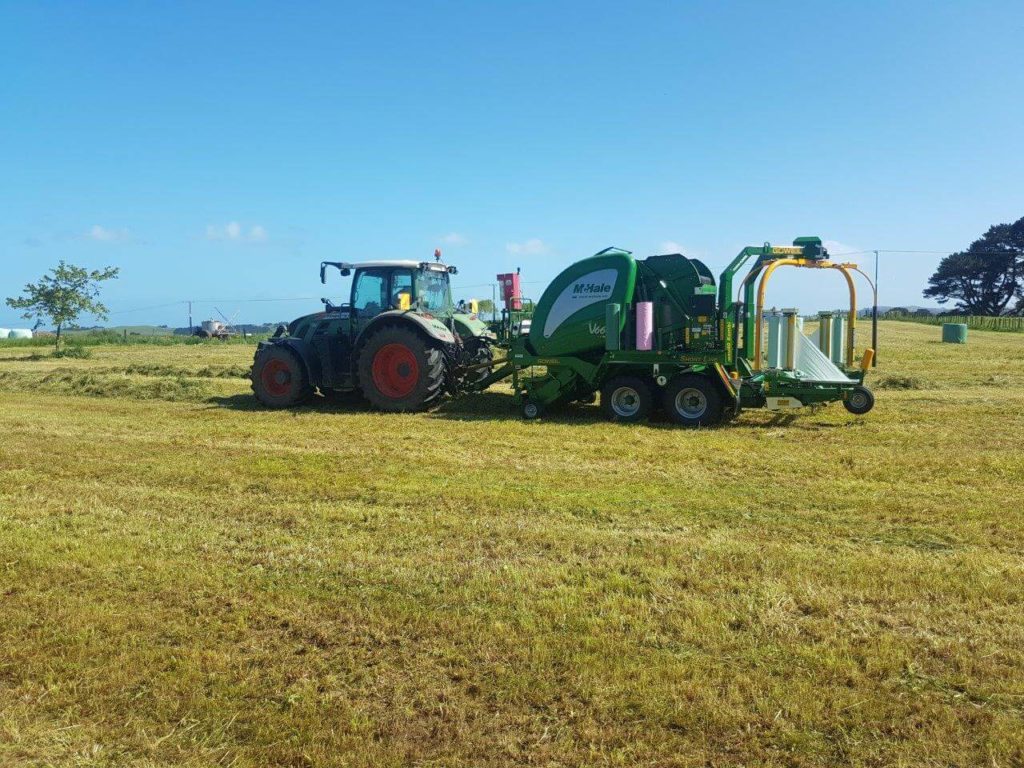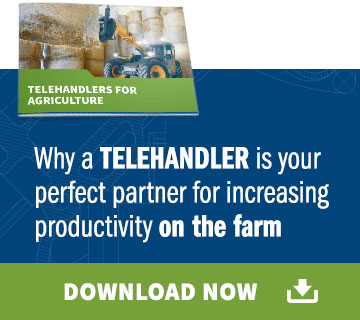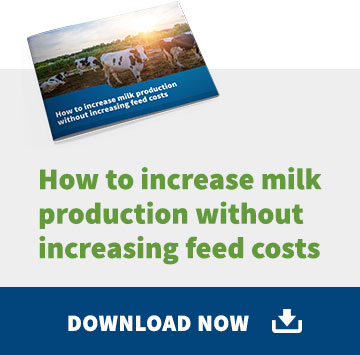The old saying, ‘Buy in haste, repent at leisure’ is as true for agricultural machinery as it is for any other significant purchase.
The need to replace old and unreliable machinery may drive the buying decision, but that shouldn’t mean just getting the latest model of what you already have. Buying new machinery for your farm is an opportunity to take stock of how you run your business, and some research can help you make the right decision and avoid costly mistakes.
Here’s what you need to keep in mind before you begin shopping around:
Review local council regulations
If you intend to drive the new machinery on the road to get from paddock to paddock, you will need to research the rules around this to make sure the machinery you are considering complies. NZ Transport Agency (NZTA) is the place to go for such information, but you should also check with your local council – if your new vehicle is oversized, the council will likely have rules regarding which roads it can be driven on.
Some agricultural machinery also requires specialised training before an operator can be licensed to use it. Again, NZTA will be able to advise on those specifications.
Decide between new and used
Whether to buy new or used agricultural machinery is another important consideration. Both have their advantages. Buying new means you’re benefiting from the boost to productivity and efficiency that comes from new technology. It is also easier to obtain finance on new machinery, and you get the full tax benefit of depreciation. Weighed against that, used equipment is cheaper, and if you are just getting started in farming or need a good back-up unit, that is an argument hard to beat.
Consider depreciation
Again, research will help you decide. Calculating how long it will take for the machinery to pay for itself – remembering of course that used machinery will require more maintenance – will help. A trap to avoid is buying equipment that your operation will soon outgrow, as that just puts you back in the market earlier than you needed to be. So before you purchase any equipment, make sure it will remain fit for purpose as your operation expands.
Ideally, any schedule for replacing your agricultural machinery should be linked to your farm’s capital budgeting policy and its target level of investment. A farm business should reinvest on average over a five-year period the annual depreciation in the value of its machinery.
Consider new machinery costs
One thing to keep in mind when upgrading machinery is that the bigger the machine, the more it will cost to run, but that increased cost should be offset by savings on labour and efficiencies in the timing of planting and harvesting. For example, if the gear being replaced is small relative to the farm’s acreage, a slight increase in machinery size can increase efficiencies and lower labour costs significantly, more than enough to offset the higher fixed costs. However, as machinery size continues to increase, the savings diminish and eventually total costs begin to rise. Research will help you find the Goldilocks size of machine for your farm – not too big, not too small, just right.
When the time comes to replace your agricultural machinery, make the most of the opportunity this gives to re-evaluate how you do things and what machinery options are out there.
Researching using tools like our telehandler selector tool will help you make educated decisions on equipment you’re purchasing – give it a try!





